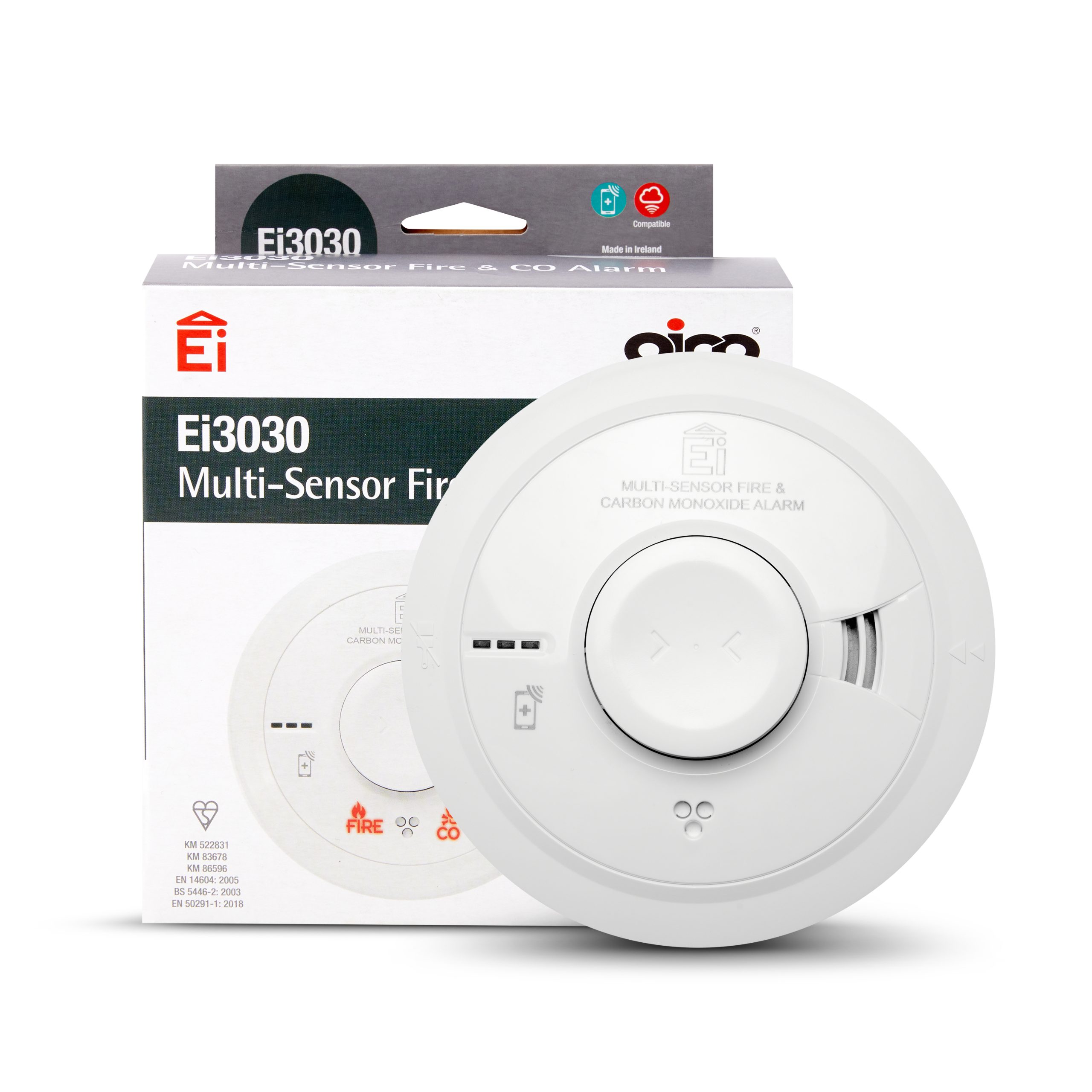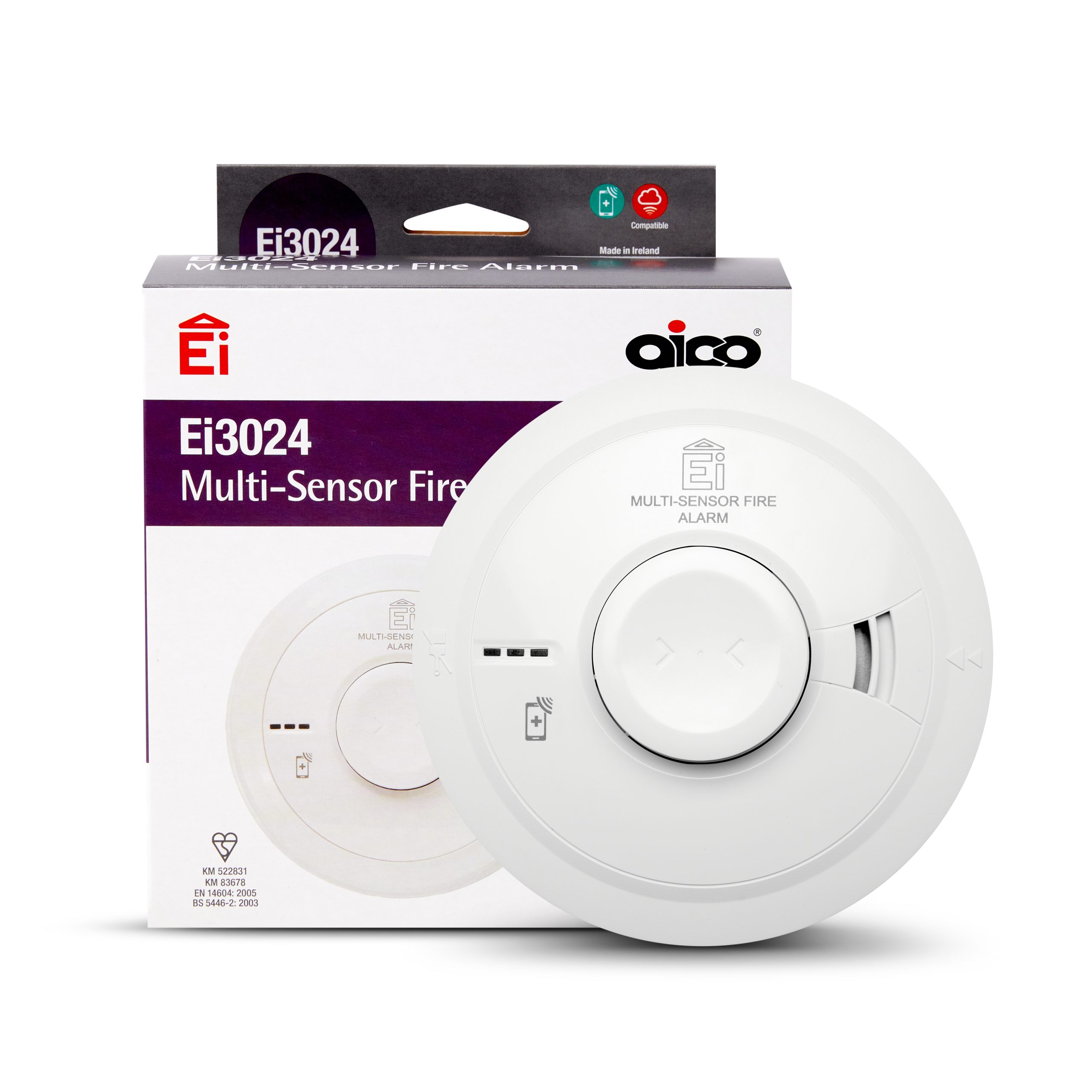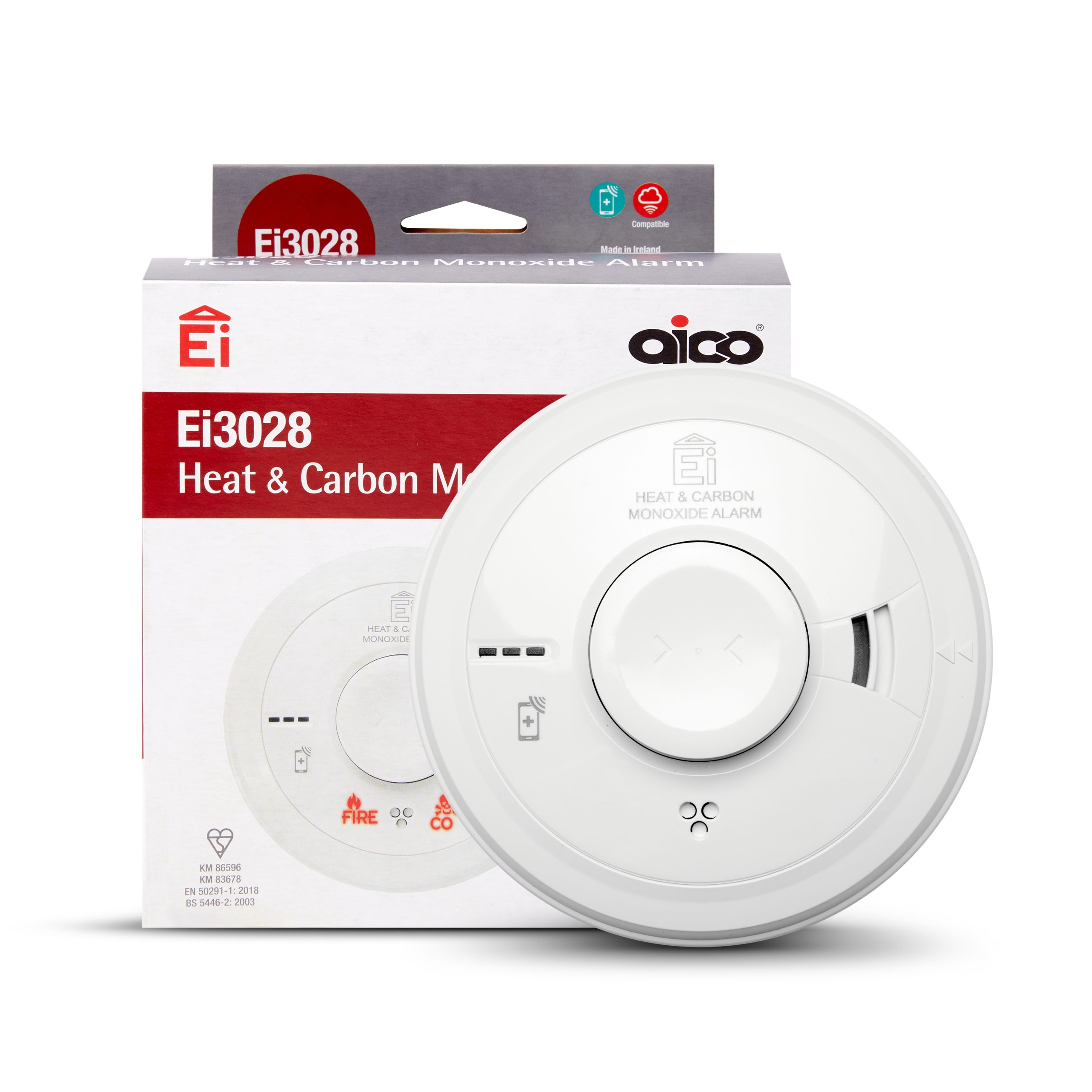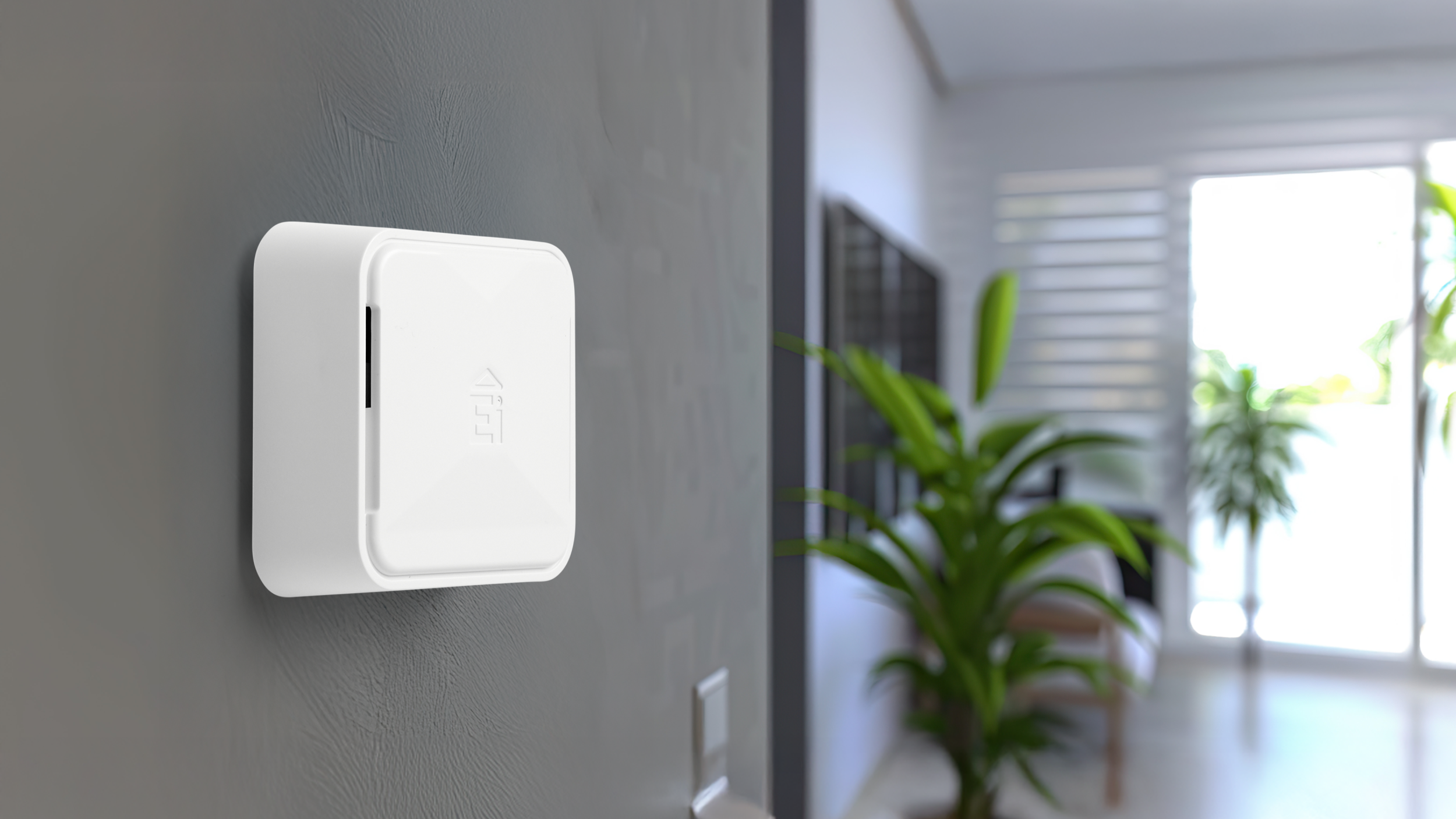What is good-quality air, and how is it measured?
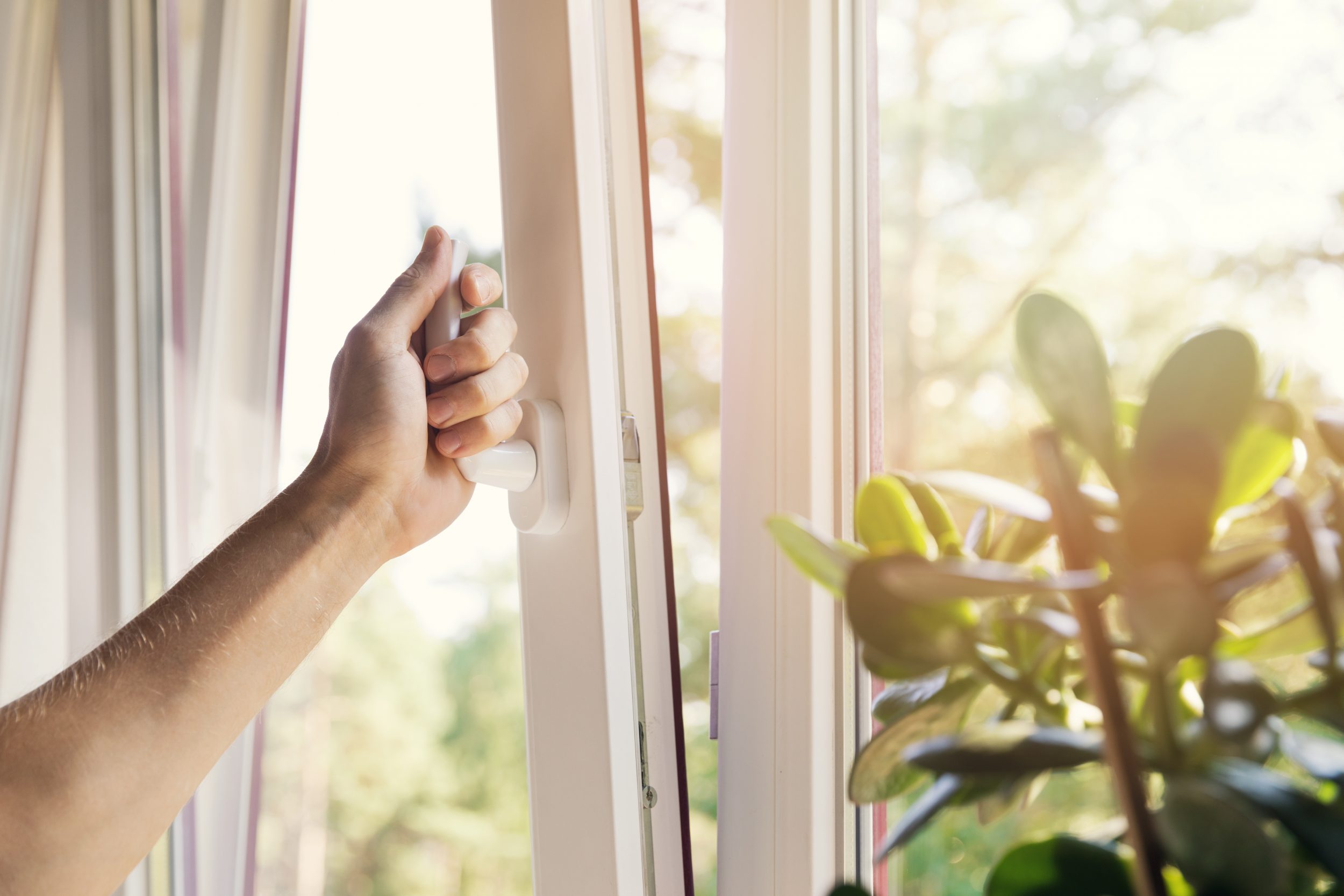
Posted On:
7th October 2022
Indoor air quality is a key factor in people’s health and safety. This Inside Housing webinar, sponsored by Aico, asked a panel of experts what well-being at home looks like, and how it fits into the safety and zero carbon agenda.
Indoor air quality is a key factor in people’s health, their homes and energy efficiency.
In 2014, the Scottish government introduced the Energy Efficiency Standard for Social Housing in order to improve residents’ lives and reduce energy inefficiency as a driver of fuel poverty.
Improvements to energy efficiency can lead to improvements in health outcomes, particularly in older people, young children and anyone with chronic or respiratory health conditions.
To support this, by 2025, Scottish landlords are encouraged to start collecting air quality impact data for energy efficiency measures. This means before-and-after installation data on carbon dioxide, temperature and humidity.
Today, Scotland’s building regulations state that every home must have a monitor in the main bedroom to measure CO2 levels. The monitor will alert the inhabitant if they need to open a window. This law is not yet in motion across the rest of the UK – but should it be?
Inside Housing ran a webinar, sponsored by Aico, to explore how air quality can be measured.
